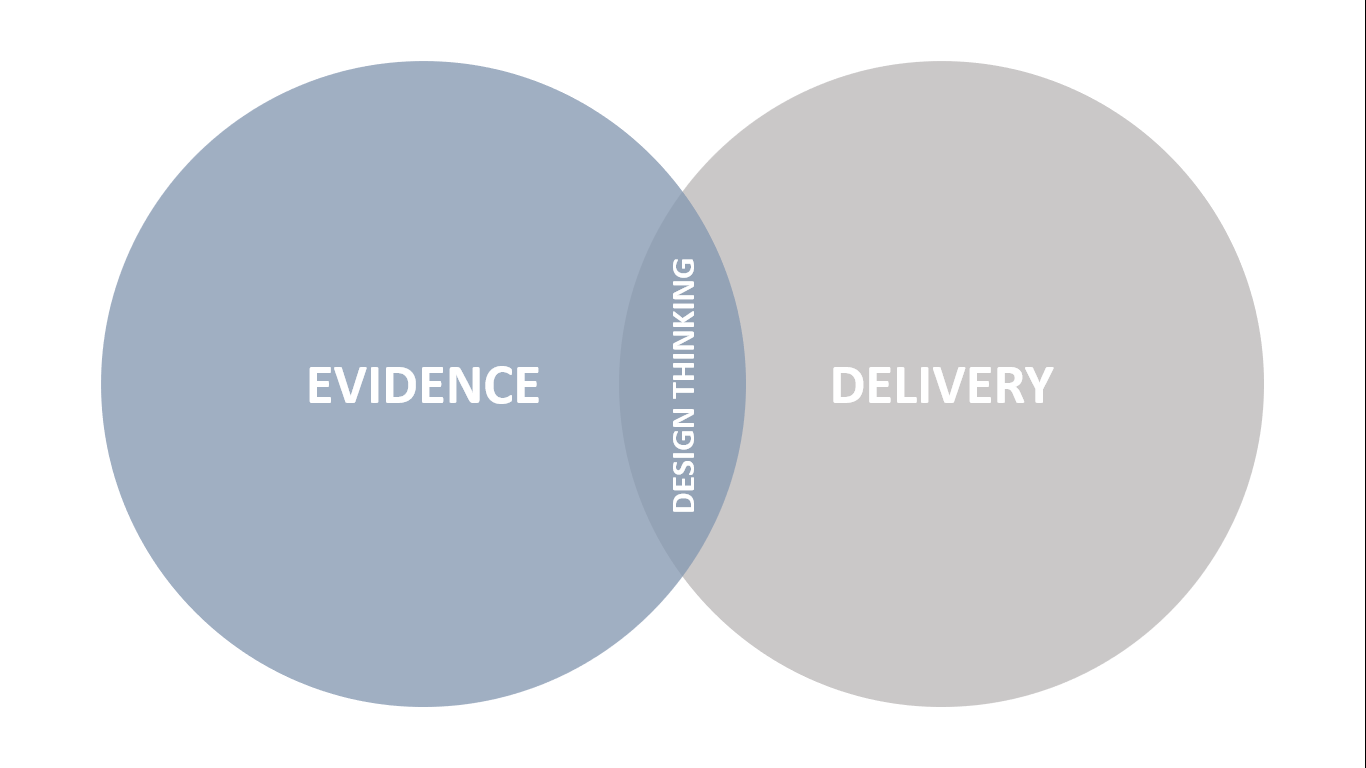Search for...
#design thinking Bookmarks
Published design thinking Bookmarks
Gift horses
In an era in which the very existence of the L&D department is attracting evermore scrutiny, the role of the “expert” in our context is becoming increasingly pertinent.
 The best of both worlds
The best of both worlds
There’s no point landing the perfect plane at the wrong airport. That’s an analogy someone shared with me several years ago to explain Design Thinking, and it has resonated with me ever since.
 DESIGN THINKING FOR LEARNING INNOVATION - A PRACTICAL GUIDE
DESIGN THINKING FOR LEARNING INNOVATION - A PRACTICAL GUIDE
I’ve previously written about the potential fail points of creating 70:20:10 solutions and, in that context, a design thinking process can be crucial in establishing what not to build, instead revealing simple and realistic elements that can be embedded in the workflow of our audience.
 INFOGRAPHIC: Design Thinking for Human-Centered Learning
INFOGRAPHIC: Design Thinking for Human-Centered Learning
A co-design process to focus on the learner and create human centered learning solutions.
 Storyboarding for Online Learning: The What, Why and How | SchoolKeep
Storyboarding for Online Learning: The What, Why and How | SchoolKeep
You’ll need a storyboard if you’re working with a team of other designers, or with a programmers who need a blueprint for your course as they help you build it.
In many cases, however, the storyboard will be for you alone: a visual outline that will help you envision what your course will look like, and understand how you’ll be presenting your information to learners.
In many cases, however, the storyboard will be for you alone: a visual outline that will help you envision what your course will look like, and understand how you’ll be presenting your information to learners.
 The Top 6 Benefits of Design Thinking in eLearning - eLearning Industry
The Top 6 Benefits of Design Thinking in eLearning - eLearning Industry
What eLearning Professionals Need To Know About Design Thinking in eLearning. Check The Top 6 Benefits of Design Thinking in eLearning.
Submit Bookmark




